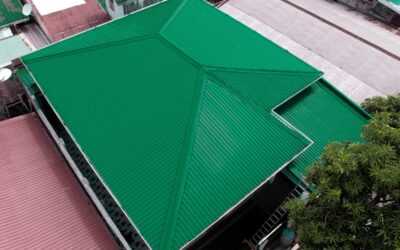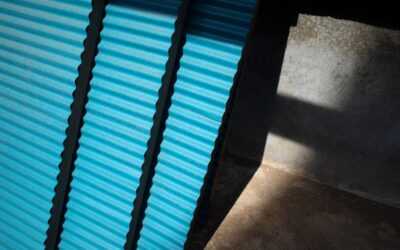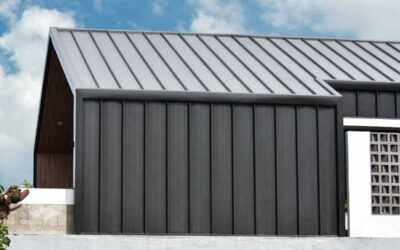When the summer sun is blazing, temperatures outside and inside buildings reach all-time highs. When this happens, saving energy may be farthest from our minds. Summer heat can be so unbearable that we tend to keep fans and air conditioners on 24/7. How can we save energy during the hot summer months?
Urban heat islands
Urbanization has created dense cities and increased human activity. This has led to the emergence of “urban heat islands,” where cities are 1–7% hotter than the surrounding areas, with the difference in temperature noticeable even at night. To cope with high temperatures, people tend to use even more energy, leading to higher energy costs. The increased use of fossil fuels also contributes to pollution and climate change, wreaking havoc on the environment.
The good news is that we are not helpless against this. Thanks to green building technology, there are now ways to keep houses and buildings cooler without engendering astronomical energy costs, even when your structure is inside an urban heat island.
One way is to build with the right materials. The choice of materials can make a big difference in the temperature of a building, especially in a tropical country.
Building materials to use to keep cool
EPS
Expanded polystyrene has very low thermal conductivity and low moisture absorption. When applied as a thermal layer between the structure and outside walls, EPS provides superior protection against heat.
Bubble wrap insulation
Bubble wrap is a “radiant barrier”. When applied to the roofline, it reflects and reduces heat transfer by radiation, thereby contributing to high R-values, or the thermal resistance per unit area. Bubble wrap does not absorb moisture and is quite durable, too.
Roof Coating
The coating on exterior materials can also help regulate the building’s temperature. Cool Chemistry is a superior cool roof coating with ceramic pigments that have the highest level of infrared reflectance. This series of coatings come in highly attractive colors while providing dramatic heat reduction. They make the best material for roofs and louvers and are very hard-wearing.
Spandrels
Apart from basic insulating materials such as EPS and bubble wrap, another material that contributes to a structure’s R-values is the spandrel assembly. Metal perforated spandrels provide enhanced ventilation, so they are the best materials for the eaves. They are also durable substitutes for wood ceilings and sidings.
Skylight Sheets
Want to save more energy? Consider installing skylight sheets. These let natural light in, brightening an area instantly. They also come with UV protection for better durability.
Switch to energy-saving building materials to lessen a structure’s heat levels and protect the people who use or reside in the structures you build. This way, you can help mitigate the urban heat island effect.
More tips to save energy
- Install wider windows and louvers. Having wider windows and louvers manages the sunlight and air entering your home while preventing outdoor elements from obstructing your daily living.
- Turn off the lights when you leave the room. You can also rely on natural light during the day and refrain from turning on electric lights.
- Use energy-saving appliances. Check the energy-efficiency ratio (EER). The higher value, the more energy efficient it is.
- Use energy-efficient light-emitting diode LED bulbs. These are brighter and more energy-saving versus traditional incandescent bulbs.
- Unplug devices and appliances when not in use. When devices are plugged in, they continue to consume energy.
- Water the plants early in the morning or at dusk. This helps you avoid losing water to evaporation.
Start following these tips today, and remember to save energy during the summer!




